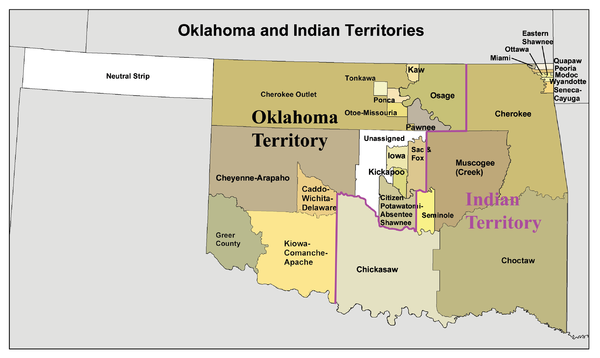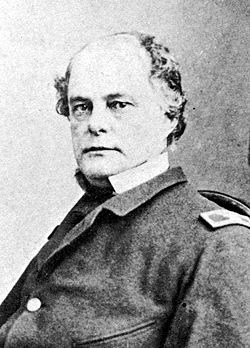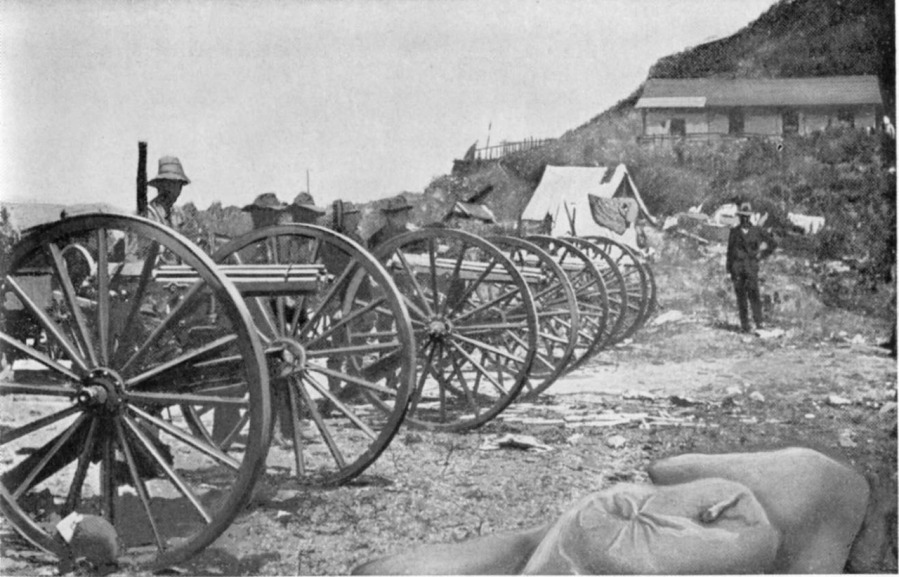You need to seperate the modern state of Oklahoma from the orginal Indian Territory.
Here is a map of the orginal Indian Territory:
http://www.archives.gov/education/lessons/fed-indian-policy/images/territory-map-02.jpg
You can see that this is the eastern 1/3 of modern Oklahoma. There was a statehood movement starting in the 1880's and part of the reasoning behind the Dawes act was to bring them inline with regular territories and states. I can see them achieving statehood separate from the rest of modern Oklahoma. You could call the rest of the state Lincoln territory then the State of Lincoln.
JLCKANSAS.
I disagree. The western half was also full of Native American Reservations, so it does not necessarily need to be separated.




